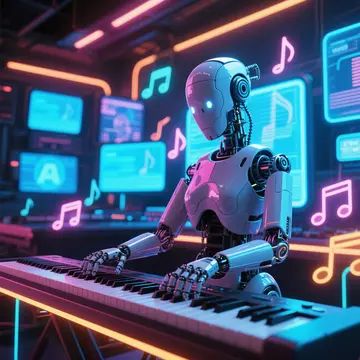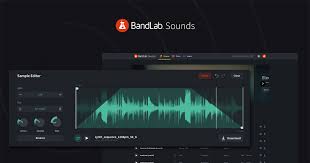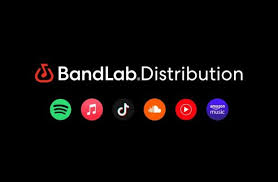The world of audio restoration has long depended on manual techniques and signal processing tools. But with the rise of artificial intelligence, especially machine learning, the process is becoming faster, smarter, and more precise. This article explores machine learning techniques for audio restoration, explaining how they work, why they matter, and what this means for musicians, engineers, and archivists.

What Is Audio Restoration?
Audio restoration is the process of improving the quality of damaged or degraded audio recordings. Common issues include background noise, tape hiss, clicks, pops, and dropouts. Traditional methods rely heavily on manual filtering and equalization, often at the risk of losing important sound elements.
Machine learning enables smarter, more adaptive solutions that preserve audio integrity while removing unwanted artifacts.
Why Machine Learning for Audio Restoration?
Key Advantages:
Automation for faster processing
Higher accuracy in identifying unwanted noise
Adaptive learning from diverse datasets
Preservation of critical audio details
Top Machine Learning Techniques for Audio Restoration
1. Denoising Autoencoders (DAEs)
DAEs learn to reconstruct clean audio from noisy inputs by encoding and decoding signals. Best for removing steady background noise like hiss or hum.
2. Recurrent Neural Networks (RNNs)
Useful for time-dependent restoration like dropout smoothing. RNNs, particularly LSTMs, help reconstruct missing parts in speech or music tracks.
3. Generative Adversarial Networks (GANs)
GANs generate clean audio by learning how to "fool" a discriminator network. This dual-model approach is effective for restoring severely damaged audio.
4. Spectral Masking with CNNs
CNNs can detect and suppress unwanted frequencies in the spectrogram domain. They are ideal for cleaning vocals and removing sudden noise bursts.
Real-World Applications
Music Remastering: Restoring classic tracks with modern clarity
Podcast Enhancement: Removing room noise and enhancing voice tone
Film Archiving: Cleaning audio for old cinematic material
Speech Accessibility: Clarifying dialogue in assistive devices
Challenges and Considerations
Data Dependency: Models require large, quality datasets
Risk of Overprocessing: Possible removal of musical nuances
Compute Intensity: High GPU resources needed for training
Ethical Restoration: Care needed in altering historical sound
Best Practices for Using ML in Audio Restoration
Use high-quality original audio when possible
Leverage pre-trained models for quick results
Combine AI tools with manual review
Always compare restored vs. original audio
FAQ
Q1: What’s the difference between AI and ML in this context?
ML is a subset of AI focused on data-driven learning; AI encompasses broader intelligent systems.
Q2: Can ML recover completely lost audio?
ML can intelligently reconstruct missing parts but cannot recover data that was never recorded.
Q3: Are there free ML audio tools?
Yes. Tools like Demucs and Spleeter are open-source.
Q4: Do you need technical skills to use these tools?
Not necessarily. Many platforms now provide GUI-based access, suitable for non-programmers.
Conclusion
Machine learning techniques for audio restoration are reshaping how we preserve and enhance sound. Whether you’re working on a vinyl remaster or cleaning up a field recording, ML offers accuracy, speed, and creativity that traditional tools can’t match.
As the technology matures, expect even more precise, real-time, and intuitive restoration solutions in the near future.
Key Takeaways
ML improves accuracy and preserves sound better than traditional methods
DAEs, RNNs, GANs, and CNNs are the core technologies powering this revolution
Open-source tools make advanced restoration accessible to all
Real-world use spans music, film, podcasts, and accessibility tech
Learn more about AI MUSIC








